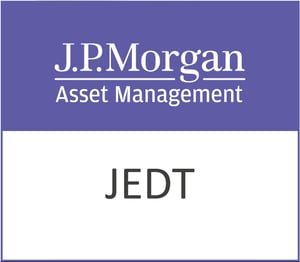Oracle Corporation (NYSE: ORCL), a stalwart in the technology sector, has long been a key player in the software infrastructure industry. With a market capitalization of $395.03 billion, Oracle’s influence spans across various industries, offering cutting-edge cloud solutions and a comprehensive suite of IT services. For individual investors, Oracle presents a compelling opportunity, driven by its impressive financial performance and strategic positioning in the cloud market.
Oracle’s current stock price stands at $140.87, showing a slight dip of 0.03% in recent trading sessions. However, the 52-week range between $113.75 and $192.43 indicates significant volatility—and potential—for the stock. What makes Oracle particularly attractive is the potential upside of 32.15%, with an average target price of $186.16 as suggested by analysts. This figure suggests that the market may be undervaluing Oracle’s capabilities and future growth prospects.
Oracle’s forward P/E ratio of 20.96 points to investor expectations of future earnings growth, a sentiment echoed by the company’s robust revenue growth of 6.40%. Despite the absence of some traditional valuation metrics, the impressive Return on Equity (ROE) of 103.74% demonstrates Oracle’s efficiency in generating returns from its equity base, highlighting the company’s operational strength.
The company’s dividend yield of 1.42% and a payout ratio of 37.56% provide a cushion for income-focused investors, offering a stable income stream while Oracle continues to reinvest in its expansive cloud offerings. This balance of income and growth makes Oracle a versatile option for a diversified portfolio.
Oracle’s cloud services are at the heart of its growth strategy, encompassing a wide range of applications such as Oracle Fusion Cloud and industry-specific solutions. These offerings cater to a broad array of sectors, including healthcare, finance, and government, underscoring Oracle’s adaptability and market reach. The rise of cloud computing and digital transformation across industries positions Oracle to capitalize on these trends, potentially driving future earnings and stock price appreciation.
Analyst ratings reinforce Oracle’s positive outlook, with 24 buy ratings and no sell ratings, indicating strong confidence in the company’s strategic direction and financial health. Technical indicators, however, present a mixed picture. The stock’s Relative Strength Index (RSI) of 23.87 suggests that it is currently oversold, which could imply a buying opportunity for savvy investors looking to capitalize on potential rebounds. Yet, the stock trades below its 50-day and 200-day moving averages, indicating a cautionary stance in the short term.
Oracle’s innovative product offerings, including the Oracle Autonomous Database and MySQL HeatWave, are pivotal in maintaining its competitive edge in the rapidly evolving tech landscape. The company’s commitment to advancing its cloud infrastructure, coupled with its strategic acquisitions and partnerships, positions Oracle to continue capturing market share and driving growth.
Investors should keep a close watch on Oracle’s earnings releases and guidance updates, as these will provide further insights into the company’s operational performance and future growth trajectory. With a solid foundation in cloud technologies and a strategic focus on innovation, Oracle stands as a compelling investment opportunity in the technology sector. For investors seeking growth and income, Oracle’s blend of steady dividends and potential stock price appreciation makes it an attractive choice to consider.
The information in this article should not be taken as advice. Readers should conduct their own due diligence and seek independent financial advice before making any investment decisions.







































